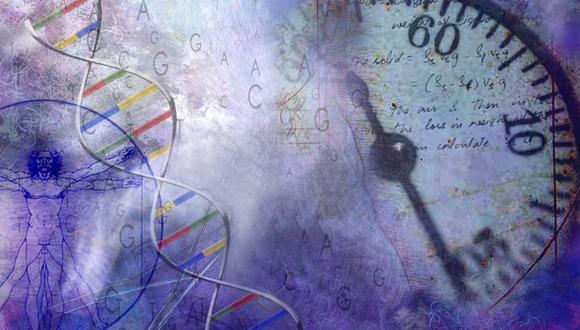Lecture: "The Zoroastrian end of the world between apocalypticism and apokatastasis"
Professor Antonio C. D. Panaino
Department of Cultural Heritage
University of Bologna
Ravenna Campus, Italy
Professor Antonio Panaino is a 2022/2023 Sackler Lecturer of the Mortimer and Raymond Sackler Institute of Advanced Studies.
Abstract:
Despite the controversial interpretation regarding the status of the Zoroastrian religion, it is evident that the teleological scope of its highest god, Ahura Mazdā (as the supreme protector of the “true cosmic order”, aṣ̌a-), among its many foundational aims was that of purifying the world from the presence of the antagonist power of the “Lie”, druj. The cosmic role of this negative latent force was governed and embodied by Aŋra Mainiiu (Pahl. Ahreman), the “Evil Mindfulness,” originally a twin of Spəṇta Mainiiu, the “Beneficent Mindfulness,” who became the direct enemy of Mazdā. Thus, the hope of the pious human fellows of Mazdā was that of obtaining an “immortal” life, which in the Indo-Iranian framework corresponded more probably to a long period of time in good health (as “100 years”) than a pro¬per immortality, such as the perpetual continuation of an individual life. An eternal punishment, on the contrary, was expected for the enemies of Mazdā and the Order, aṣ̌a-, the followers of the demons and their leader, Aŋra Mainiiu. Probably, also in this case, we can wonder about the actual eternity of this punishment, which probably would have physically extinguished and destroyed the personal identity of the sinner. We must consider from a critical perspective what kind of concept of an eternal status was imagined as possible for pious and bad human beings in the afterlife. It is probable that, with the increasing role of the speculations concerning the power of Time and the following Avestan distinction between Eternal and Limited Time, the elaboration of an ideal acceptance of a dual eternal abode in the afterlife, one paradisiacal, another infernal, became an accepted doctrine. In this regard, we may observe the parallel evolution of the Vedic afterlife. Furthermore, we must equally assume that the attitude of the proto-Iranians was not universalistic, and that the idea of substantial equality of all human beings as a global fraternal community was beyond any expectation, and that racial, rank and other forms of discrimination were the rules, not the exception. We cannot presume that an old Iranian subject might assume to share his future life, even if eternal, with a Greek or a Chinese, and probably the opposite was normal as well. Certainly, the later positive and optimistic perspective of total remission of sins, even the heaviest ones, within a juridical idea of a proportion between guilt and pain (according to some concepts based on the doctrine of the “golden mean” of the Nicomachaean Ethics) and the full transfiguration of all the sinners within a new paradise open to the whole of humanity cannot be projected into the most remote Indo-Iranian and Zoroastrian times. The few and unclear references to the molten metals and, possibly, to an ordeal, within the old Avestan literary strata, can be explained as belonging to an Indo-Iranian ritual and legal tradition, concerning individual judgment, but their presence does not support the conclusion that the later doctrine of the general apokatastasis with its image of the river of molten metals destroying hell and purifying all the sinners had been already established in so ancestral times. In the debate concerning the Mazdean afterlife, we can observe a lack of precision concerning the final scenario regarding the end of historical time and the earthly world. Many scholars speak only of apocalypticism, when, on the contrary, the Mazdean description of the end of the world with the total defeat of Ahreman, and the reintegration of a new humanity in its entire body without the exclusion of the sinners, follow a theological orientation that is based on the doctrine of the apokatastasis. The presence of apocalyptic trends in some Pahlavi works belonging to the post-Sasanian period, rehashing some pessimistic ideas already developed in the framework of deep distress that emerged during the Seleucid domination and shared with other communities, such as the Jews, introduced a number of apocalyptic trends and patterns. But these doctrines strictly concern the end of the 10th millennium, the one opened by Zoroaster’s revelation, not the terminal step of the final millennium, when the last posthumous son of the prophet, the Sōšāns, will appear to resurrect the whole of humanity and announce the liberation of the cosmos from evil.


